The ultimate DIY hacks
Make DIY disasters a thing of the past
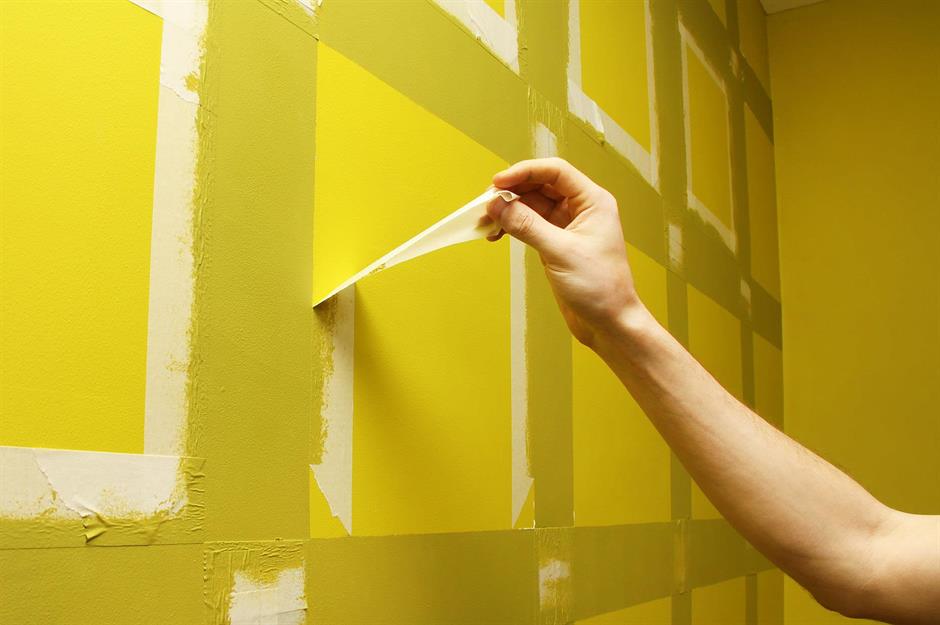
Perfect your home improvement skills with our round-up of the best top tips and crafty shortcuts you'll wish you'd known sooner. You can thank us later!
From simple paint tricks for touch-up jobs to nifty tools and industry secrets from the professionals, click or scroll to discover genius DIY hacks that will change your decorating life forever.
Paint decking with a broom
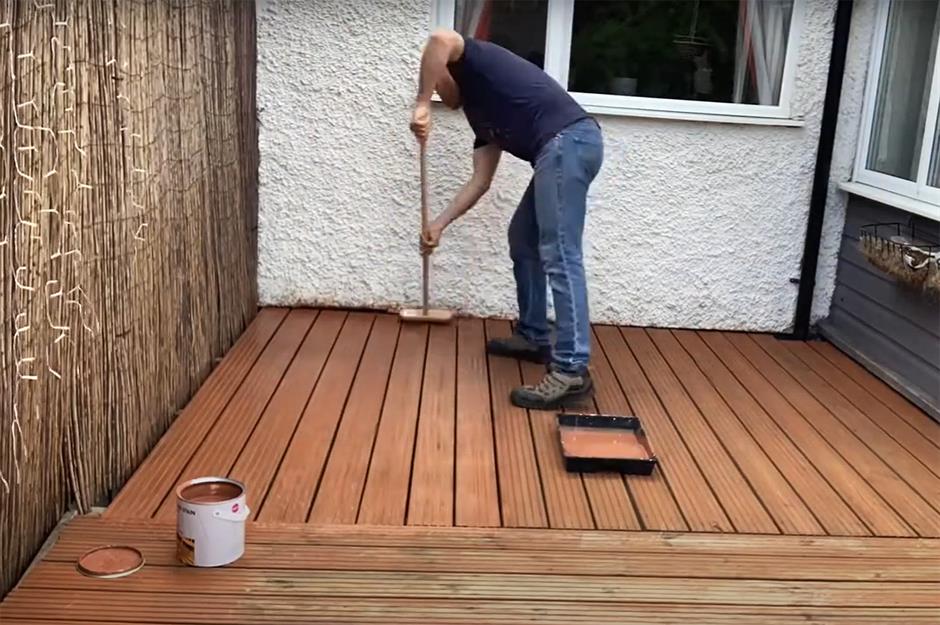
Painting the decking is a weekend DIY job that can make a big difference to your garden terrace, but it can be back-breaking work.
While a roller with a telescopic handle is handy for smooth surfaces, try a broom dipped in paint to get the paint right down into grooved wood or other textured surfaces.
YouTuber Science that sticks demonstrates how he painted this area in just over an hour.
Protect door knobs with Vaseline
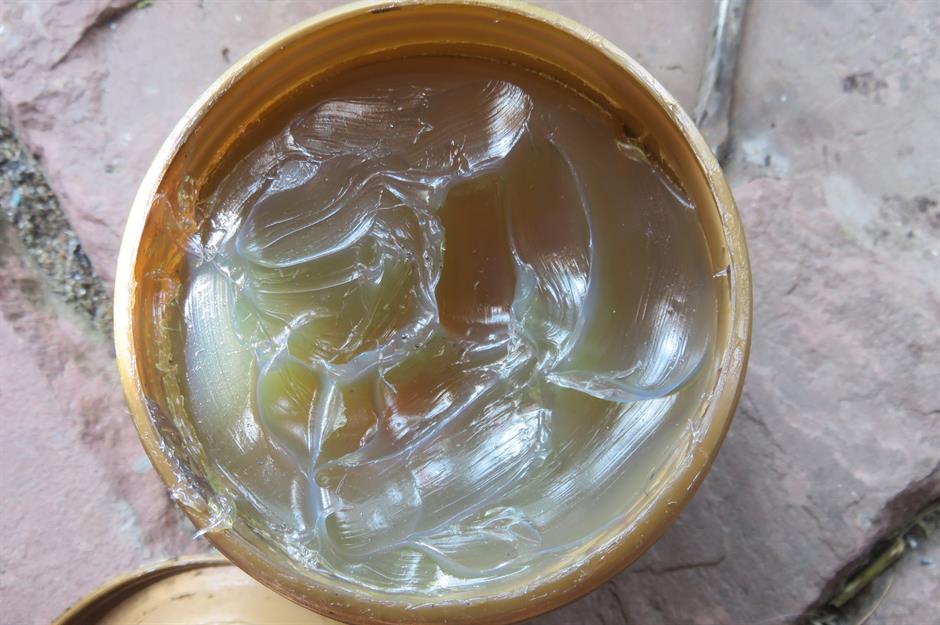
Painting doors with intricate features can be tricky as without a flat surface, masking tape can fail to fully protect areas. Here's where petroleum jelly can be a saving grace.
Before painting, use a cotton bud to cover any metal fixtures such as handles, plates, keyholes and lock mechanisms with plenty of Vaseline.
Try not to paint over the metal areas, but should a mistake be made, simply wipe off the jelly with a cloth and the paint will come with it.
Clip a pencil onto a tape measure
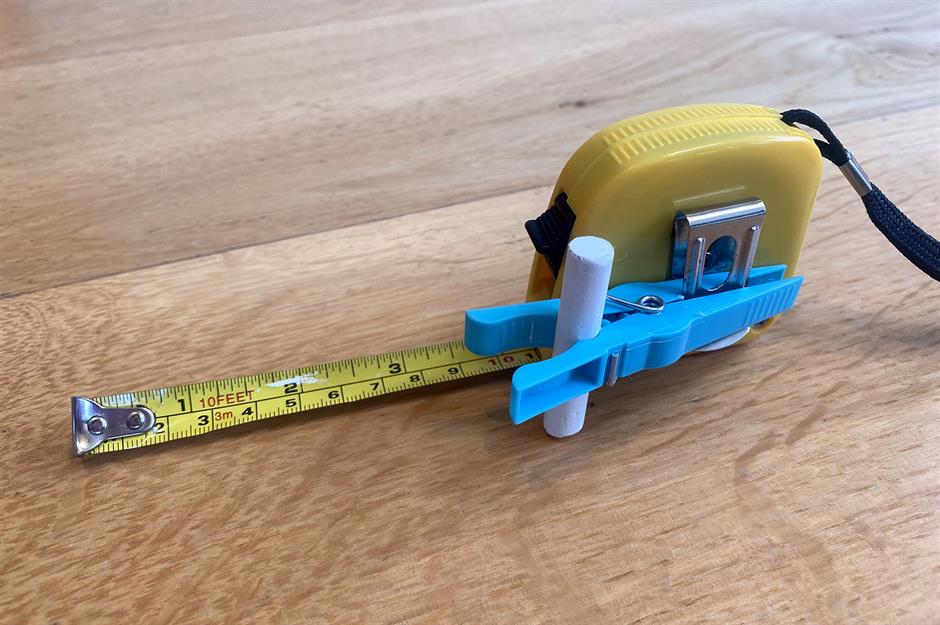
DIY projects can often feel like you need two pairs of hands to get the job done. So, when working alone, hacks to help you multi-task are the key to success.
Look out for a tape measure that has a pencil holder attached so you can measure and mark with ease. Or, clamp a small pencil or piece of chalk to the tape measure by attaching a large bulldog clip or peg to the belt clip.
Heavy items need wall anchors
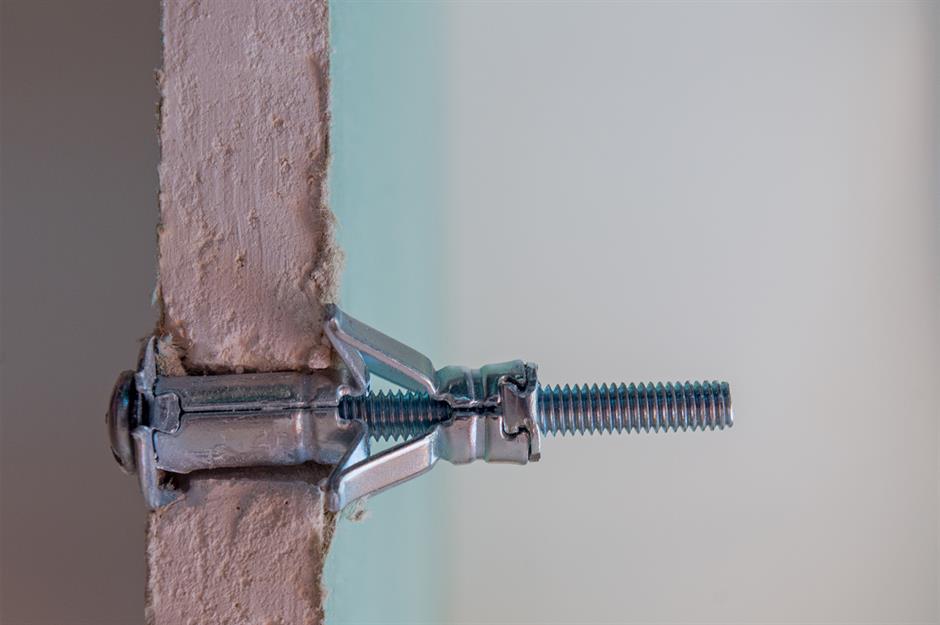
Need to hang a heavy mirror or piece of art on a plaster wall? Don't attempt it without first adding hollow wall anchors or you could end up with a few large holes or worse still a serious accident.
Matt Michaels, a spokesperson from Lowe's Home Improvement, explains why. "Because drywall is too weak to hang things from, a drywall anchor is necessary. The anchor essentially allows you to insert screws into the wall without causing the soft drywall to crumble around it."
Fill holes in walls with brick dust
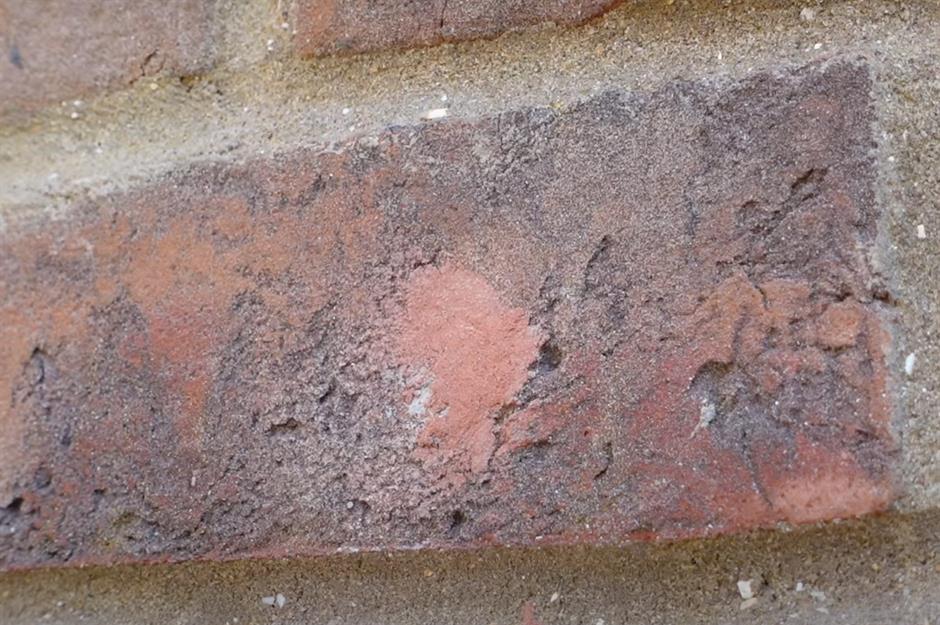
Here's a great tip from The DIY Guy to cover up old holes in brick walls.
First, make the hole slightly bigger using a drill, but be sure to save the red brick dust. Then, fill the hole with mortar repair cement. While still tacky, dab the red dust over the grey residue. Hey presto, a perfectly camouflaged and filled hole.
Tape a disposable cover to the floor
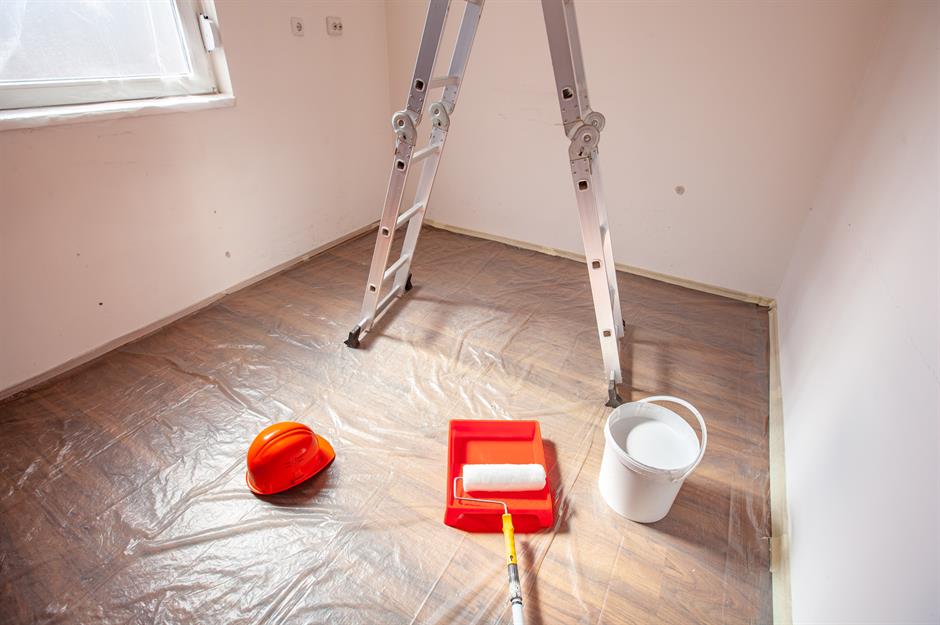
Save time and protect floors fully by covering the flooring with an inexpensive plastic drop cloth. Make sure it's paint-protected tightly by taping the edges to skirting boards.
When you are done, simply grab all four corners to pick up the splashed cover in one go and throw it away.
Make sturdy sandpaper strips to prep stair spindles
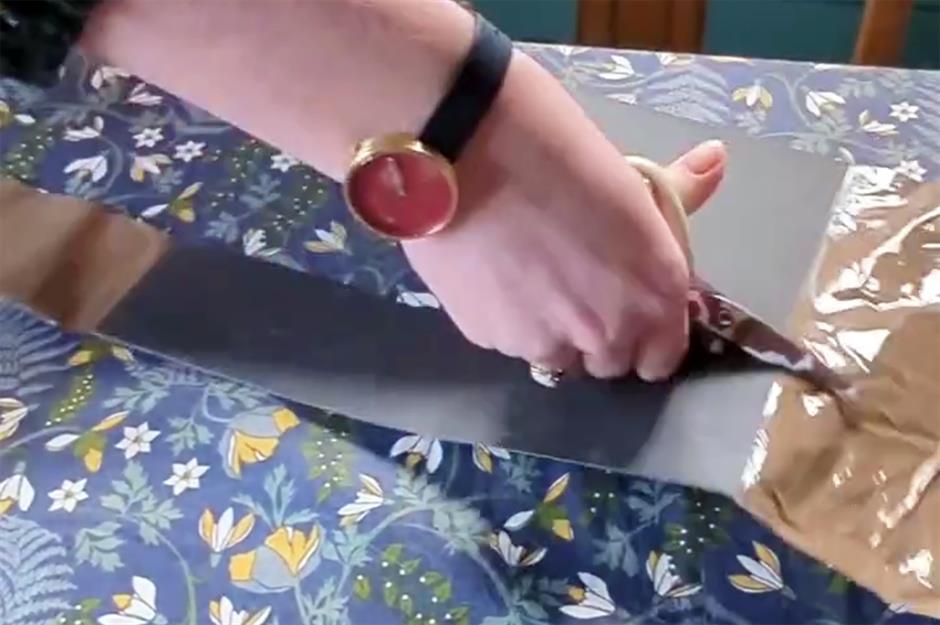
Make sandpaper work twice as hard by backing it up with duct tape, which stops the paper from tearing and helps it last longer.
For sanding stair spindles, try this hack from @s.e.w.athome. Tape over the back of the sandpaper, leaving long lengths on either side, which you then fold over to make a handle.
Cut the taped paper into strips, then loop around a spindle and get sanding! You can cut thin strips to get into those tricky, smaller curves too.
Use a rubber band for broken screws
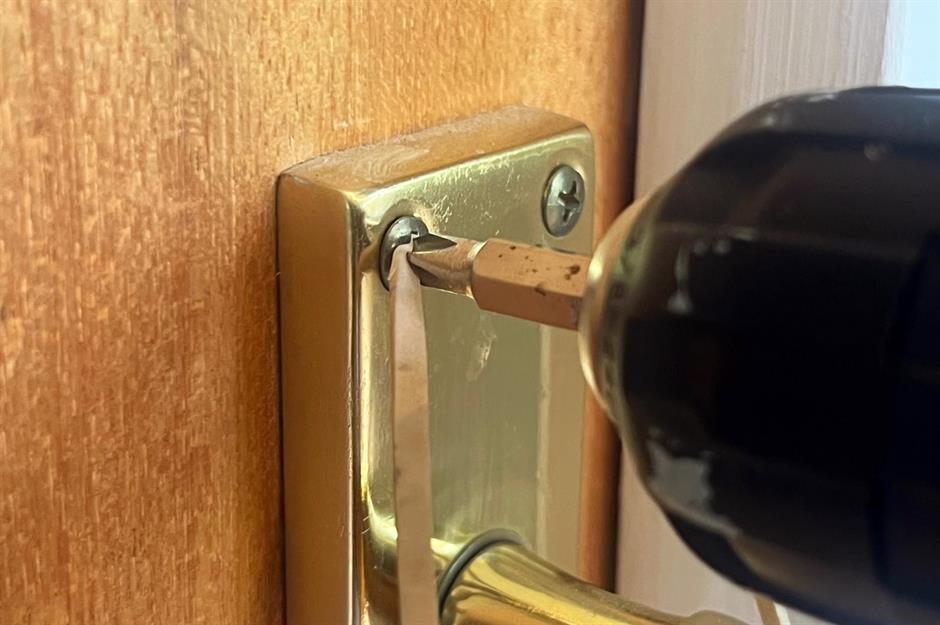
We've all come across a dreaded stripped screw (where a screw head is damaged so much that it is impossible to remove with a screwdriver).
A simple way to remove one is to use a rubber band. Lay the band over the screw and insert the screwdriver on top.
The rubber acts as a grip and fills the damaged void. RTA Cabinet Store goes into more detail on their blog.
Paint banisters with a sock
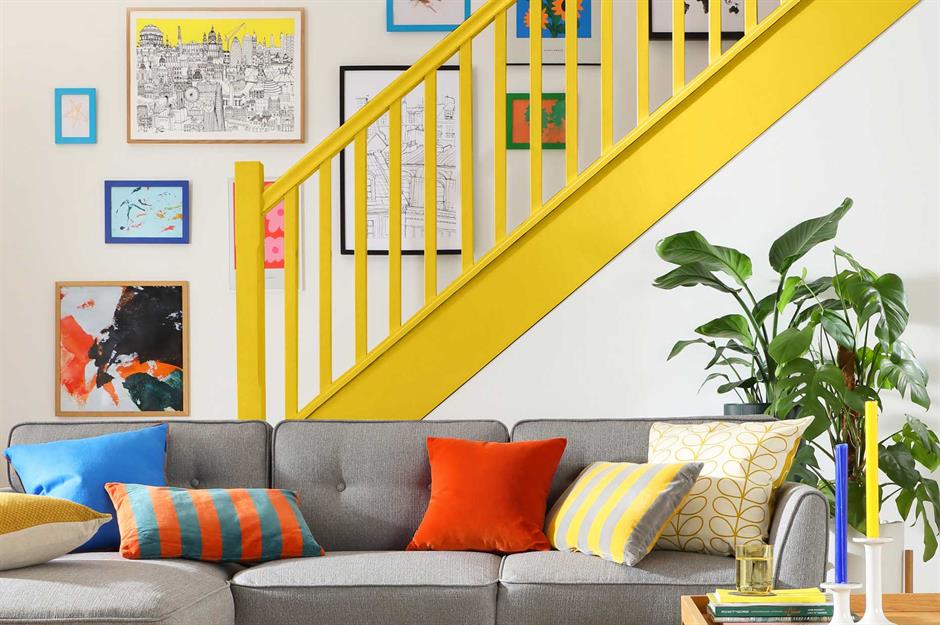
Here's a genius time saving-trick to transform your hallway. It's super handy for fiddly hard-to-reach areas such as staircases. First, put on a plastic glove. Then slip an old but clean sock over the top.
To paint the method then requires dipping your sock-covered hand into the paint and simply 'hand' painting by using the glove as a brush. Wrap your whole hand around the spindle to get full coverage.
This gorgeous room is kitted out by Furniture And Choice.
Always map out a gallery wall layout
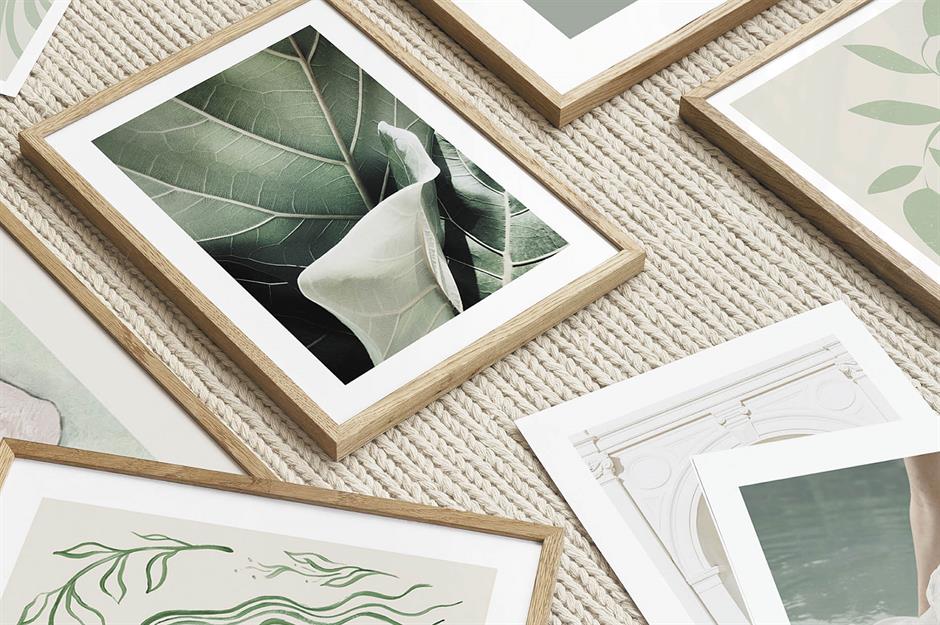
Create a gallery wall of your dreams with perfect frame placement. First experiment by placing the prints on the floor.
Then, take the sheets of paper that came out of new frames and use them as the template for planning your layout. Arrange them on your wall using washi tape. Then replicate with the actual frames!
You can find these prints at Desenio.
Make your own chalk paint
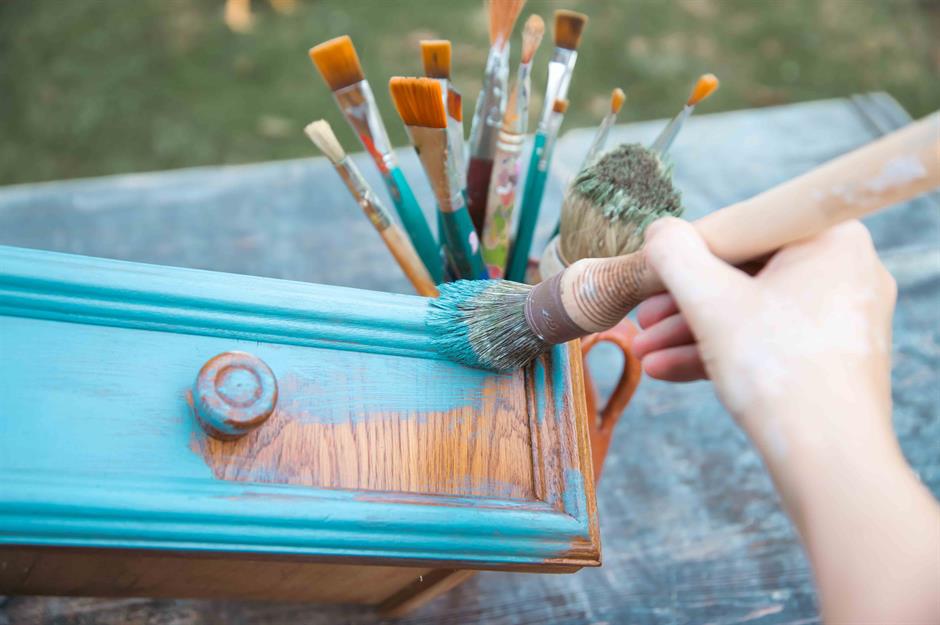
When it comes to upcycling old furniture, our go-to has to be chalk paint. There's no need to prime or sand, meaning you can get straight down to the creative stuff! But, while chalk paint can create stunning results, it can be expensive.
DIY blogger The Carpenter's Daughter has an effective formula for making your own at a fraction of the price of well-known brands.
Vikkie Lee mixes regular emulsion paint, calcium carbonate and water to make homemade chalk paint, and promises the quality will be just as good as your favourites. Why not give it a try?
Apply wallpaper paste with a roller
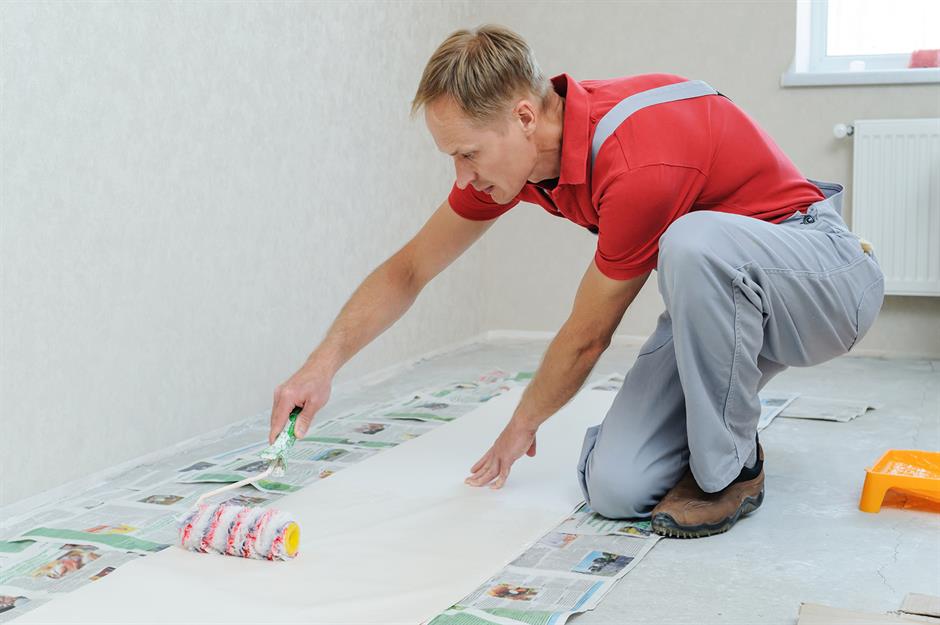
When applying adhesive to your wallpaper, use a paint roller instead of a sponge or brush. The paste will spread more evenly and consistently.
Some papers now require you to paste the wall before hanging, which means the paper weighs less and doesn't get soggy, so there's less chance of tearing.
If this is the case for your product, you can still use a roller, but this time use it on the wall!
Use a sticky note as a dust collector
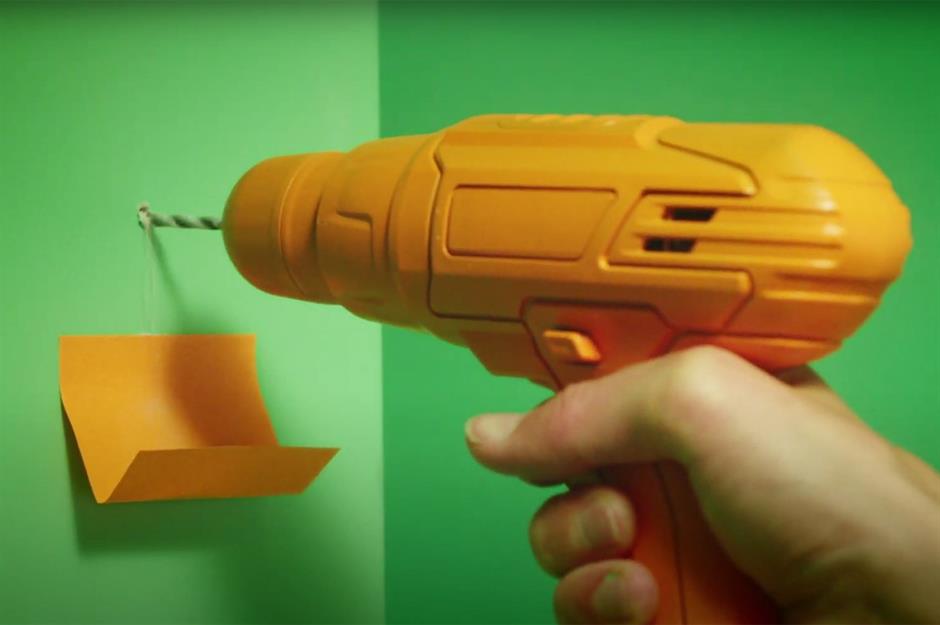
The next time you need to drill holes in any wall or surface, stick a folded sticky note underneath. The fold will catch the dust before it falls onto the floor.
For bigger jobs, tape a cut cardboard cereal box to the wall or ask someone to hold a dustpan underneath as you drill. Simple!
You can watch the full hack on Homebase UK's YouTube channel.
Hammer nails with a clothes peg
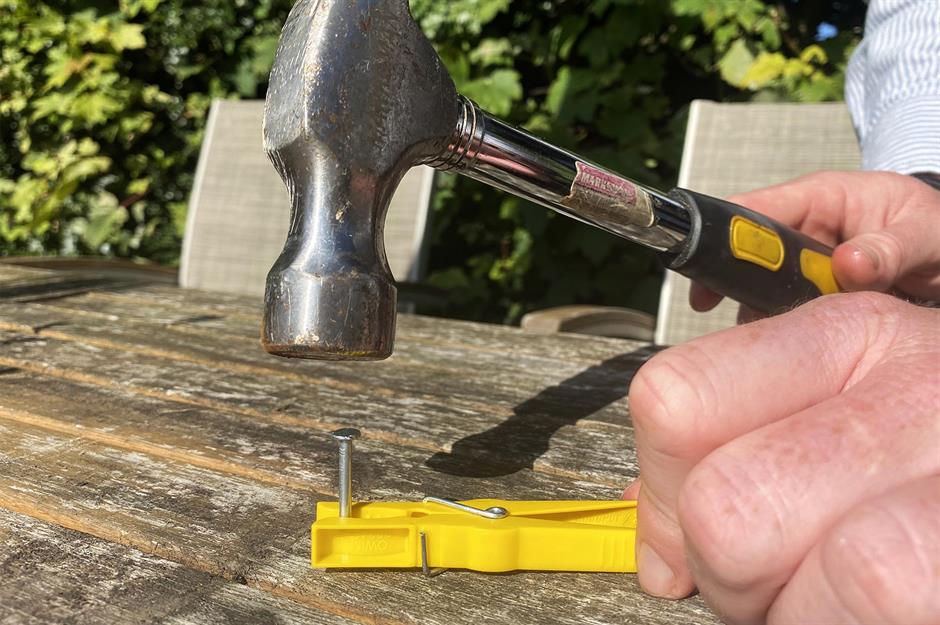
Tackling a weekend DIY job? If you're not a pro, using your hand to steady nails can lead to hammer injuries.
Keep your fingers safe by holding the nail in place with a wooden peg. That way, your fingers can remain well clear, and the nail stays in place. This trick also works with a comb in place of a peg.
Use masking tape for sealant and caulking
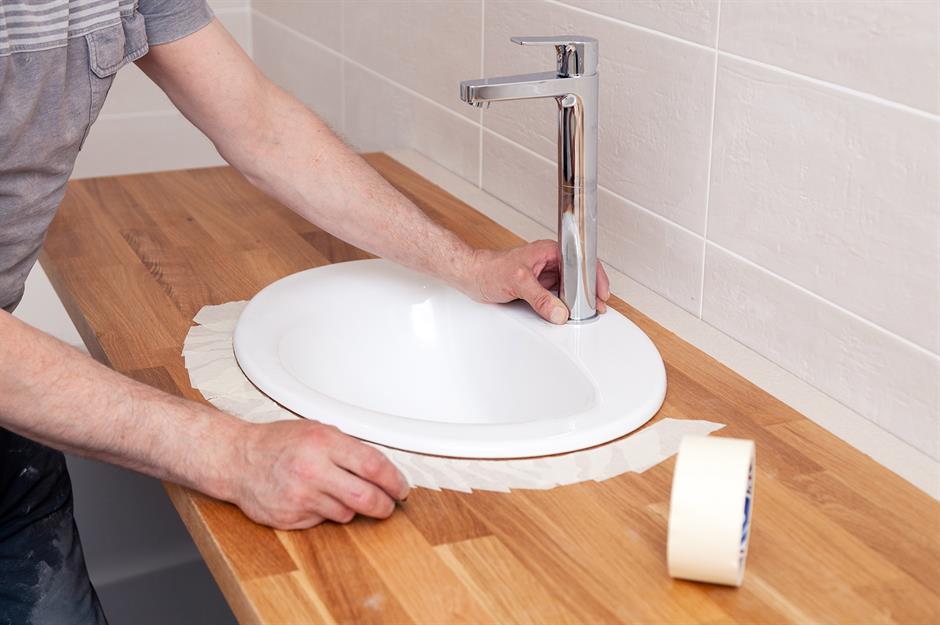
Sealant makes grouted bathroom or kitchen wall tiles fully water-resistant around the edges. Keep the line perfectly straight and clean by marking out a straight margin with your trusty painter's tape.
Squeeze the sealant along the centre of the tracks and smooth it out with your finger. Allow to dry for 10 minutes and peel off the tape for a smooth, crisp, waterproof sealant. You can even do this with curved edges.
So, what's the difference between sealant and caulk? Both are waterproof and flexible, but a silicone sealant has more flexibility and is a better choice for kitchens and bathrooms. Decorators' caulk has less silicone, so it is not as flexible but can be painted over.
Add sealant with a filled bath
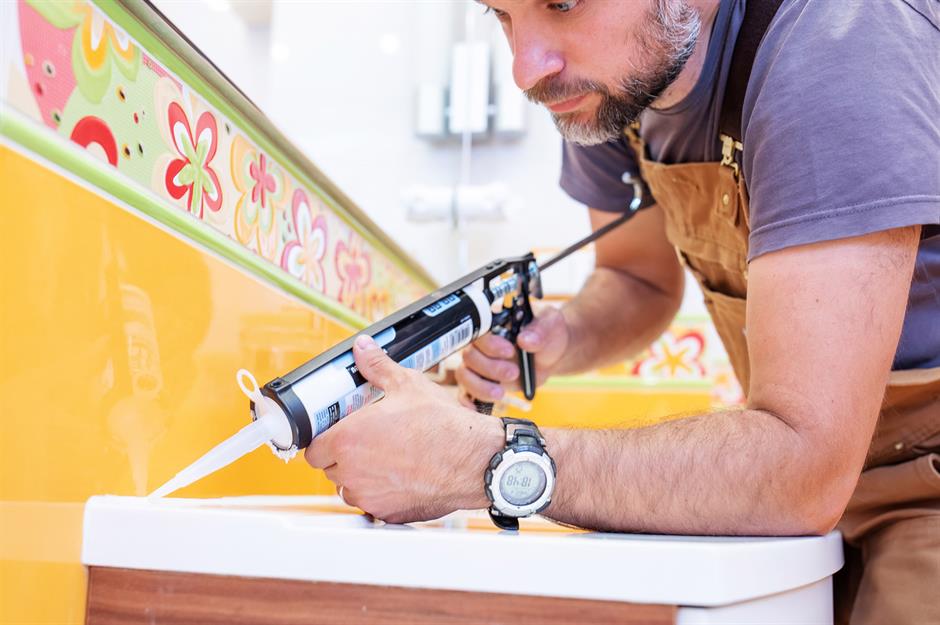
Sealant is vital when installing a bath to keep the area watertight. However, DIYers can often make a big mistake when sealing the bath edge.
Luckily Jon Cooper, owner of BC Profiles, has given us this tip for new and replacement sealant jobs: "When the old sealant has been removed, fill the bath with water (before laying the new).
This added weight will ensure that the sealant won’t crack when the bath is used later." Great advice!
Use a paint pad to perfect your cutting in
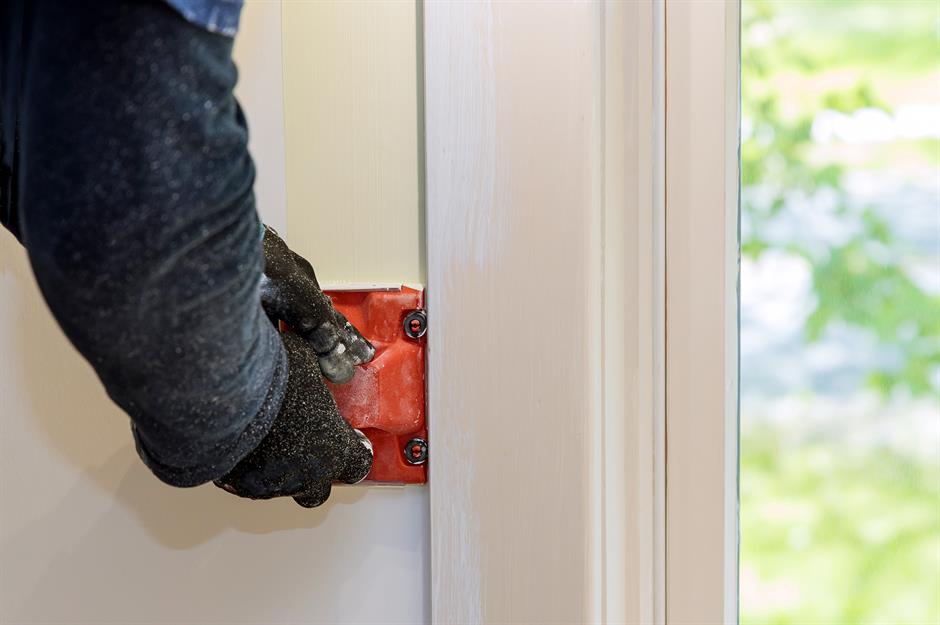
If your cutting-in is less than perfect, you can do away with your brush entirely and invest in one of these handy paint pads.
Simply dip the pad into your paint, place it on your wall firmly abutting the woodwork or ceiling you want to keep clean and wipe the colour on evenly.
Lift wooden floorboards with apple cider vinegar
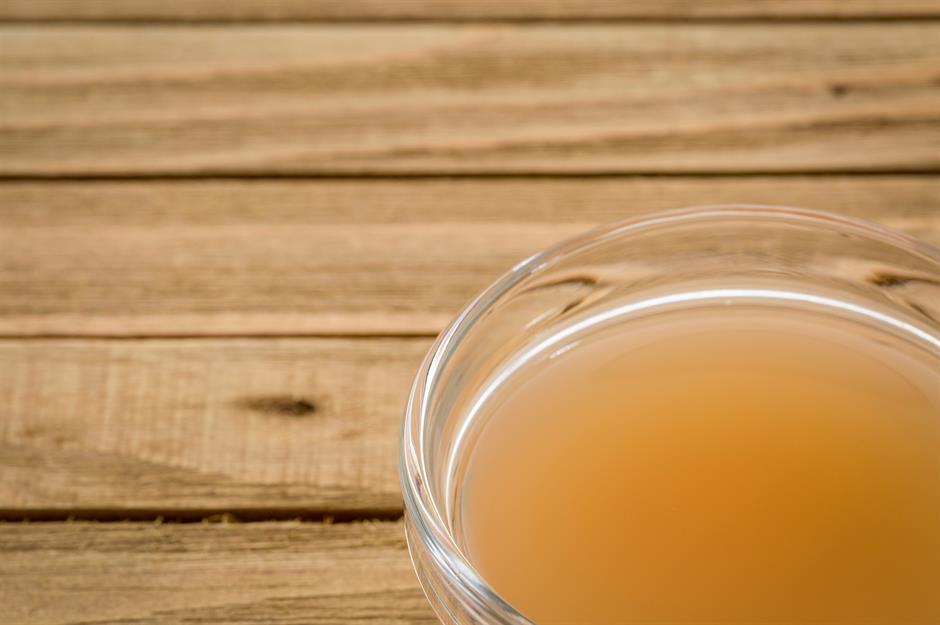
Restore tired period features like natural floorboards with an eco-friendly apple cider vinegar solution. Not only is it an all-natural cleaner, but it protects the finish or varnish on your flooring.
Sweep or vacuum your floor, then mix one full cup of apple cider vinegar for every gallon (5l) of warm water in a bucket. Mop or clean the floor by hand with a cloth, and make sure not to leave any excess dampness on the floorboards by gently wiping it down after.
Store excess paint in Mason jars
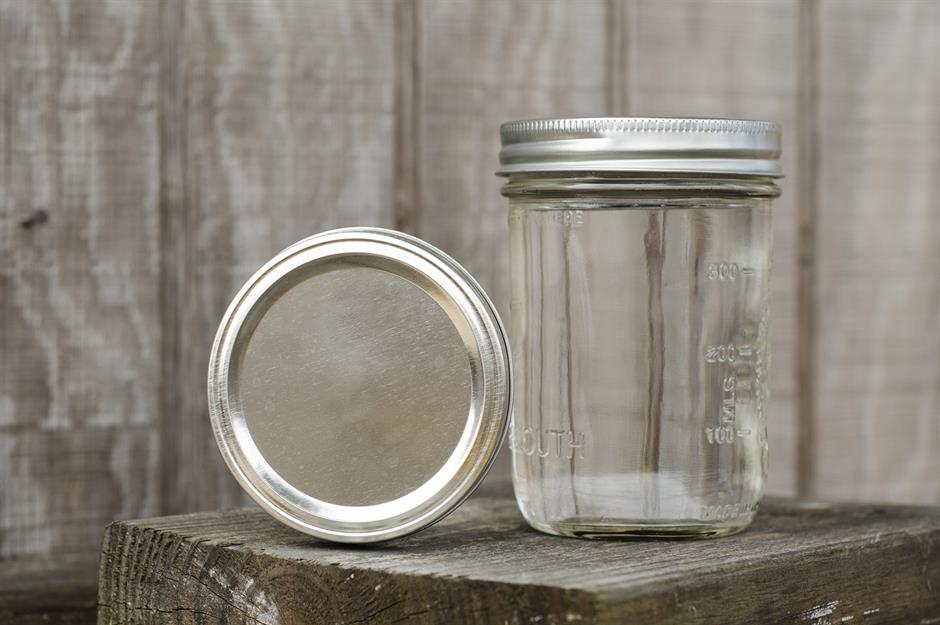
Changes of temperature can spoil leftover paint, so if you have any surplus after your latest project, pop it in a Mason jar, rather than in the garden shed.
Let's face it, paint cans take up a lot of space in the home, so this nifty storage hack is the ideal way to keep paints handy for touch-ups without cluttering up your home. Just remember to write the paint brand and colour on the lid.
Erase wood scratches with walnuts
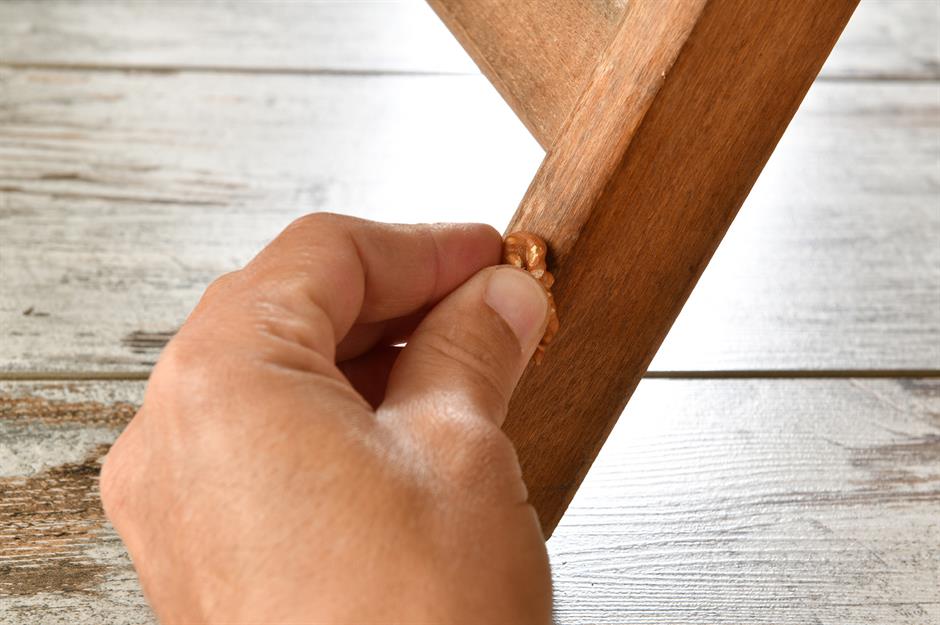
Have you got a few light scratches on wooden furniture? Take the natural approach and erase them with walnuts.
Just rub the raw nut over the affected area and let the nut oil absorb into the wood. Buff with a soft clean cloth and the scratches will be sealed and gone!
Remove watermarks with toothpaste
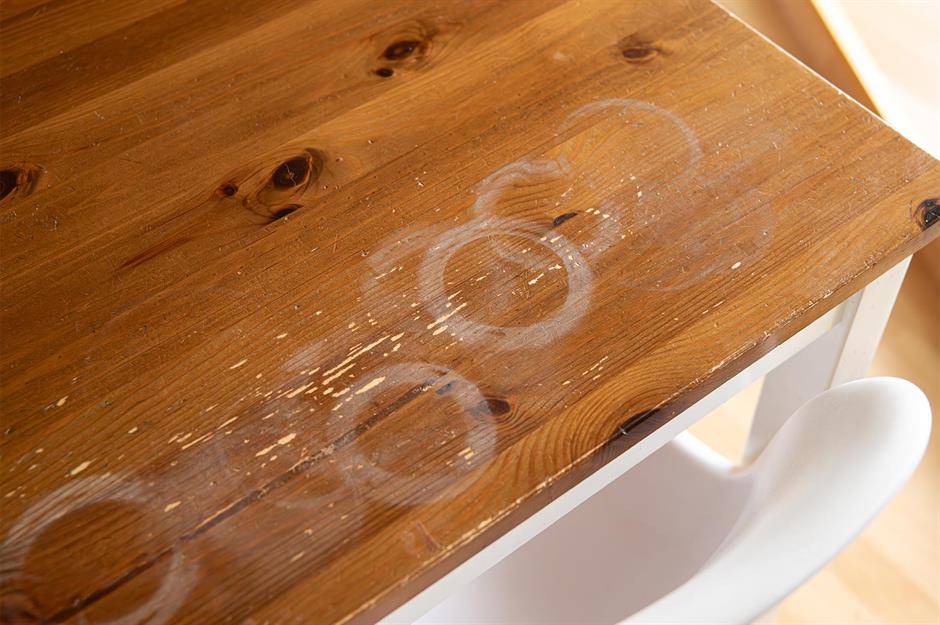
No matter how many times you put out coasters, there's always someone who accidentally leaves a glass directly on a wood surface, right? Stay calm as you can eliminate those water rings with toothpaste.
Using white paste (not gel), dab a small blob on the area and rub gently with a cloth.
Strain old paint with a pair of tights
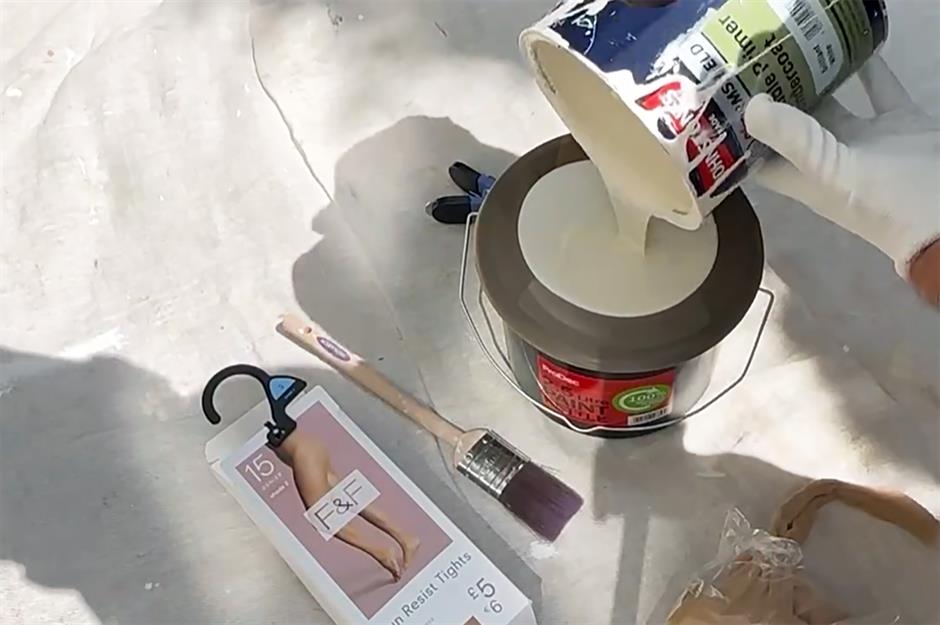
Why waste time picking lumps and bits of grit out of old paint when you can simply strain it? As @david_williams_decorating shows us here, just grab an old stocking or cut a leg off a pair of old tights, stretch it over an empty receptacle and pour in the old paint – voila, it's silky smooth and ready to go!
You can also use tights to strain old varnish or just about any lumpy liquid you want to make smooth again.
Use a paint kettle and brush magnet for decorating tricky areas
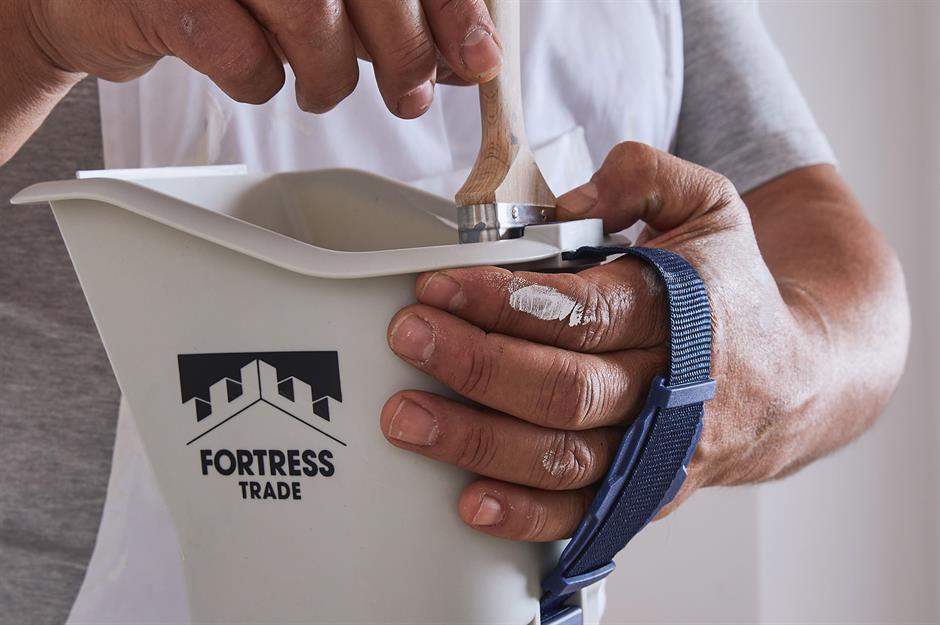
If you're painting up a ladder or in a small or tricky space, it can be a challenge to juggle a brush and paint tin – at least one of them will inevitably end up on the floor! A simple paint kettle like this one is small, easy to hold and comes with an integrated magnet inside to place your paintbrush so it doesn't drip everywhere.
You can also buy removable magnets to clip onto any paint tin, so you don't have to get your brush messy by resting it on the lid.
This Fortress Trade paint kettle is sold at Screwfix.
Unstick adhesive with a hairdryer
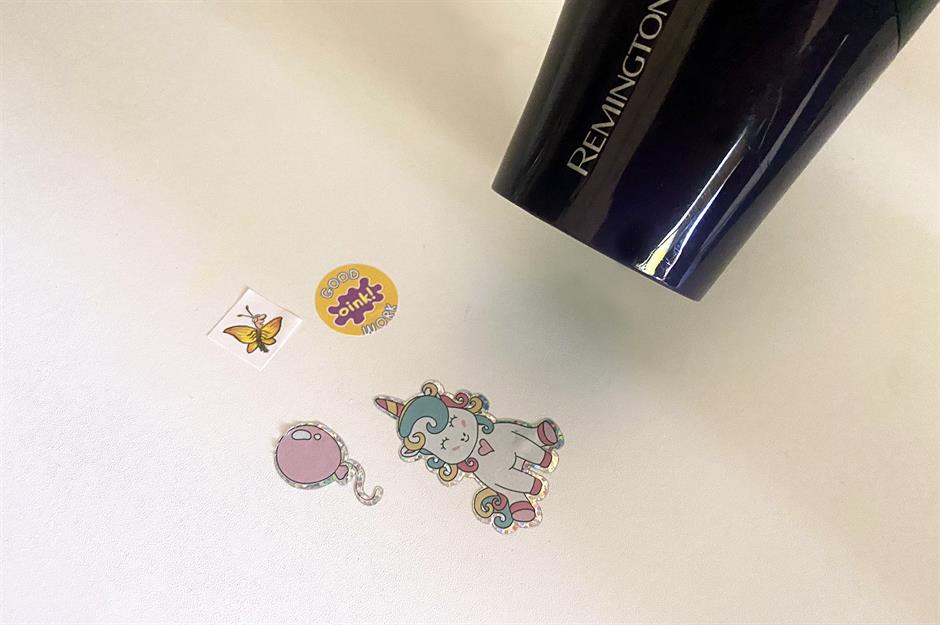
Need to peel off that pricing label without leaving a sticky residue? Use the hot air from a hairdryer to melt and lift the glue.
This DIY hack also works wonders on children's stickers that may have been 'creatively' added to bedroom doors or furniture without parental permission.
Remove paint with coconut oil
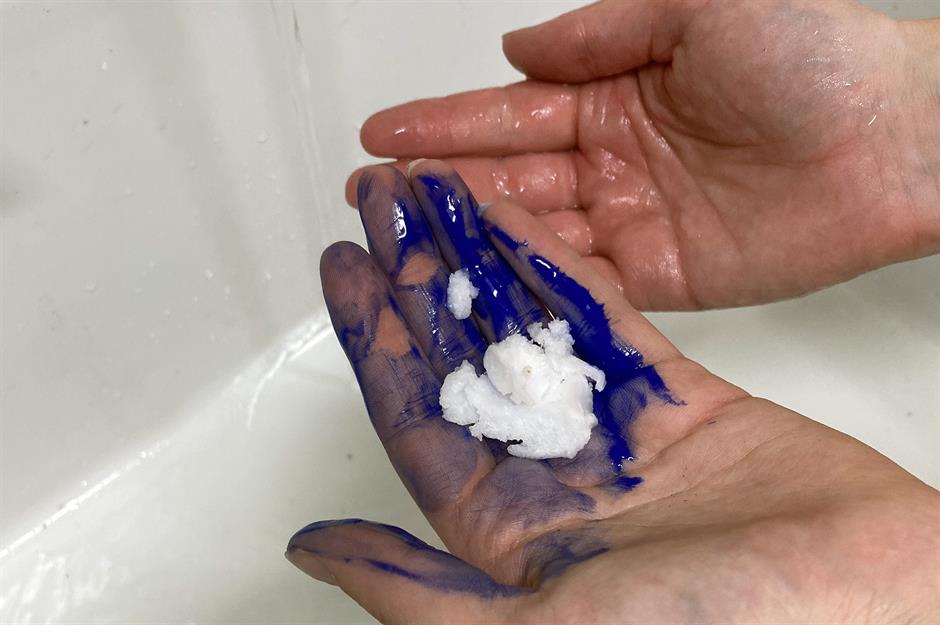
Clean up after messy DIY jobs by making a natural cleaning solution that is kind to your skin.
Mom 4 Real uses coconut oil, bicarbonate of soda, and lemon essential oil to clean spray paint off hands in a jiffy.
Hang frames with toothpaste

Take the headache out of hanging a picture frame by using everyday toothpaste. To find the perfect spot to drill in the wall, dab a blob of toothpaste on the frame where the nail needs to go, and then hold it up to touch the wall.
Toothpaste will transfer onto the wall exactly where you need it. Then just wipe off the toothpaste when the nail is in place.
Use tape to keep a drill steady
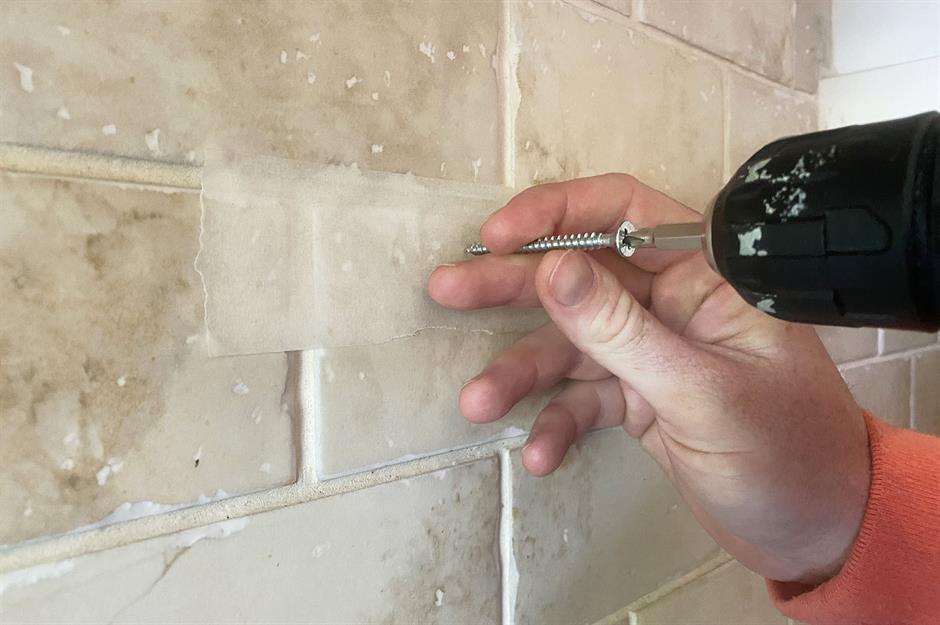
Drilling into slippery ceramic tiles can be tricky. If it goes wrong, the tiles will crack and replacing one tile in a pattern is not a fun task.
We recommend using a brand-new carbide-tipped masonry drill bit at low speed and with light pressure.
First, mark the area you want to drill by placing duct tape over the tile, as the matte surface will help control the wandering drill bit and stop it from sliding.
Turn your phone into a spirit level
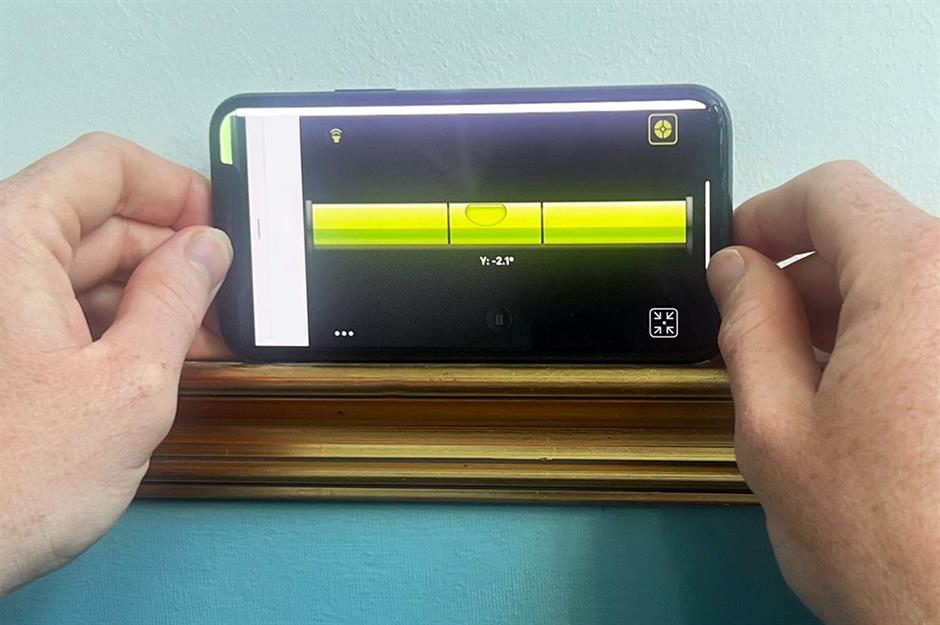
There's no need for that large, chunky spirit level. Did you know an iPhone can act as a substitute level? If you have an updated IOS, go to the apps section and look for the Measure app.
Click on the level tab, and hey presto, when the phone is level on a surface, the screen turns green! If you don't have an iPhone, there are many spirit level and measuring apps that can be downloaded onto other smartphones too.
Remove carpet dents with ice cubes
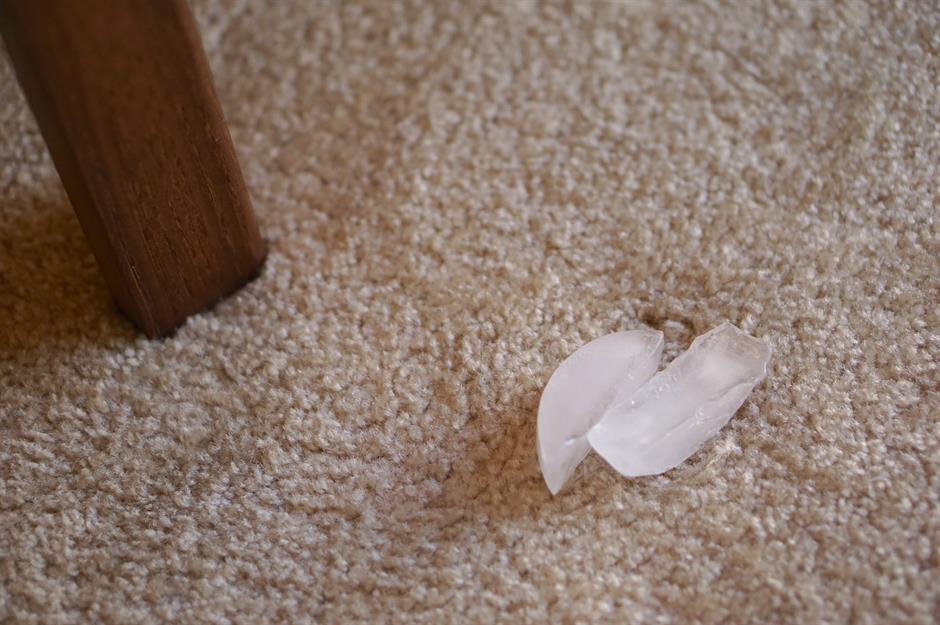
Moved furniture around during a revamp? If you've been left with unsightly dents in your carpet, try this hack.
Lay ice cubes on the dents overnight and leave them to melt. In the morning blot any excess, and if there are any remaining dents, fluff up your carpet with a fork. Trust us, it will look as good as new!
Get the best from your painter's tape
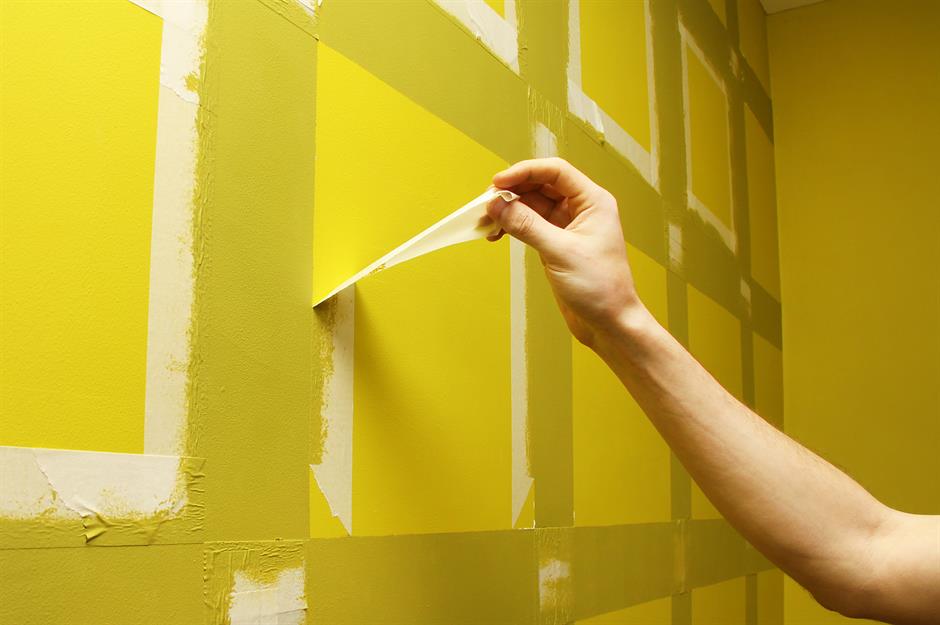
Masking tape is a decorator's toolbox essential, but poor-quality tape can let paint seep through, leaving jagged edges. Ensure a professional finish by using a high-quality painter's tape such as Frog Tape or Ambro Professional. They're effective at reducing paint bleed and won't mark the surface when you remove it to reveal that oh-so-satisfying clean finish. For freshly painted furniture or walls, opt for a tape designed for delicate surfaces.
Top tip: paint over the edge of the tape with the colour already on the wall to 'seal' the tape. Once that coat dries, apply your new colour on top. The results will be much crisper!
Save your floors with a piece of paper
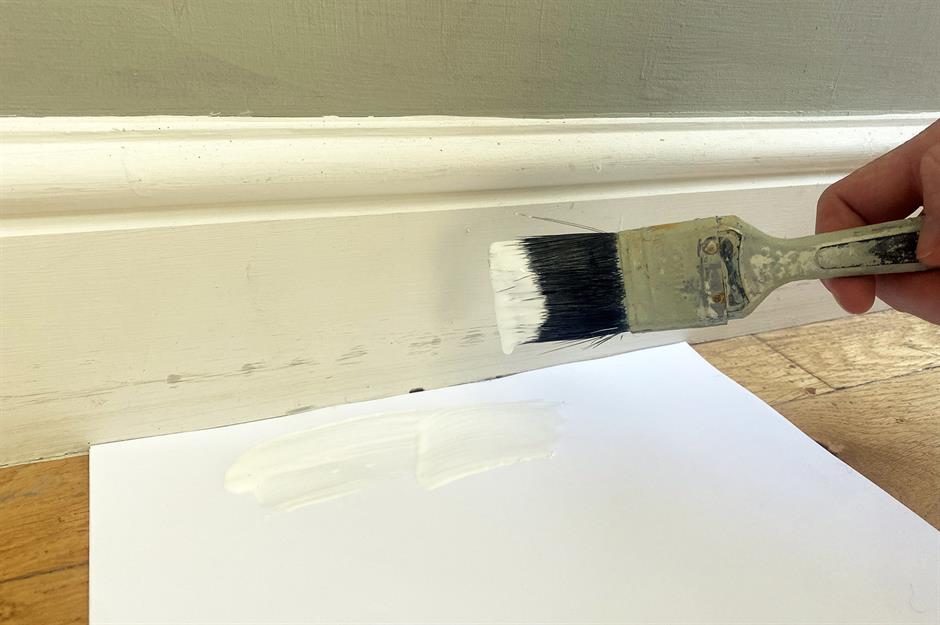
If you always get paint on your carpet or floor when painting a skirting board, avoid the mess by trying this handy hack from @therenovation_at_no18.
Simply slide a sheet of paper or a thin piece of cardboard (like the side of a cereal box) underneath your skirting board and move it along with you as you paint. You could even use a laminated piece of card, which you could wipe clean and use again.
Loved this? Now discover more incredible DIY hacks
Comments
Be the first to comment
Do you want to comment on this article? You need to be signed in for this feature